William Holman Hunt (1827-1910)
Get a Hunt Certificate of Authenticity for your painting (COA) for your Hunt drawing.
For all your Hunt artworks you need a Certificate of Authenticity (COA) in order to sell, to insure or to donate for a tax deduction.
Getting a Hunt Certificate of Authenticity (COA) is easy. Just send us photos and dimensions and tell us what you know about the origin or history of your Hunt painting or drawing.
If you want to sell your Hunt painting or drawing use our selling services. We offer Hunt selling help, selling advice, private treaty sales and full brokerage.
We have been authenticating Hunt and issuing certificates of authenticity since 2002. We are recognized Hunt experts and Hunt certified appraisers. We issue COAs and appraisals for all Hunt artworks.
Our Hunt paintings and drawings authentications are accepted and respected worldwide.
Each COA is backed by in-depth research and analysis authentication reports.
The Hunt certificates of authenticity we issue are based on solid, reliable and fully referenced art investigations, authentication research, analytical work and forensic studies.
We are available to examine your Hunt painting or drawing anywhere in the world.
You will generally receive your certificates of authenticity and authentication report within two weeks. Some complicated cases with difficult to research Hunt paintings or drawings take longer.
Our clients include Hunt collectors, investors, tax authorities, insurance adjusters, appraisers, valuers, auctioneers, Federal agencies and many law firms.
We perform William Holman Hunt art authentication, appraisal, certificates of authenticity (COA), analysis, research, scientific tests, full art authentications. We will help you sell your William Holman Hunt or we will sell it for you.
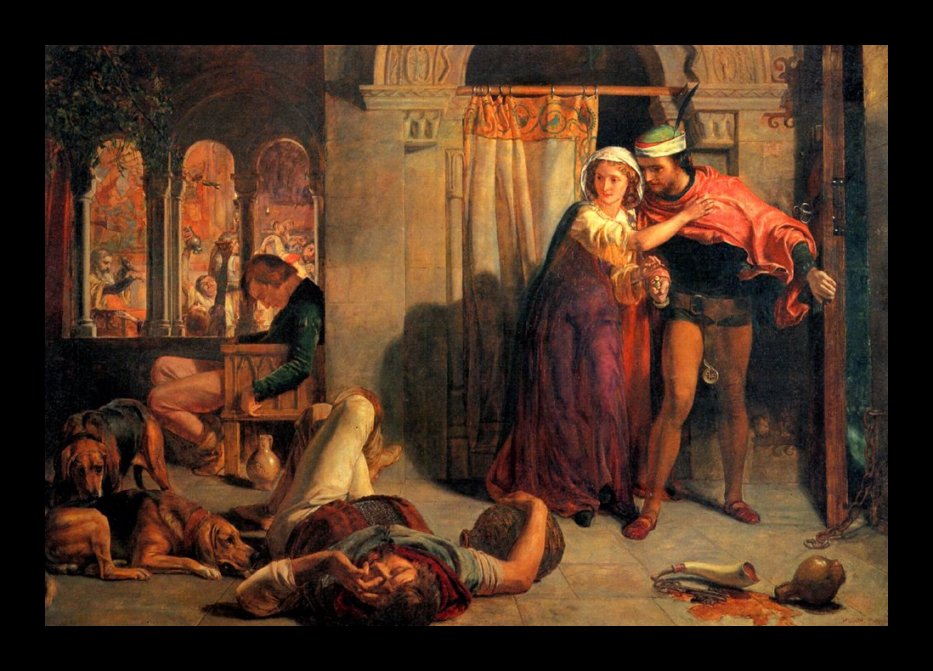
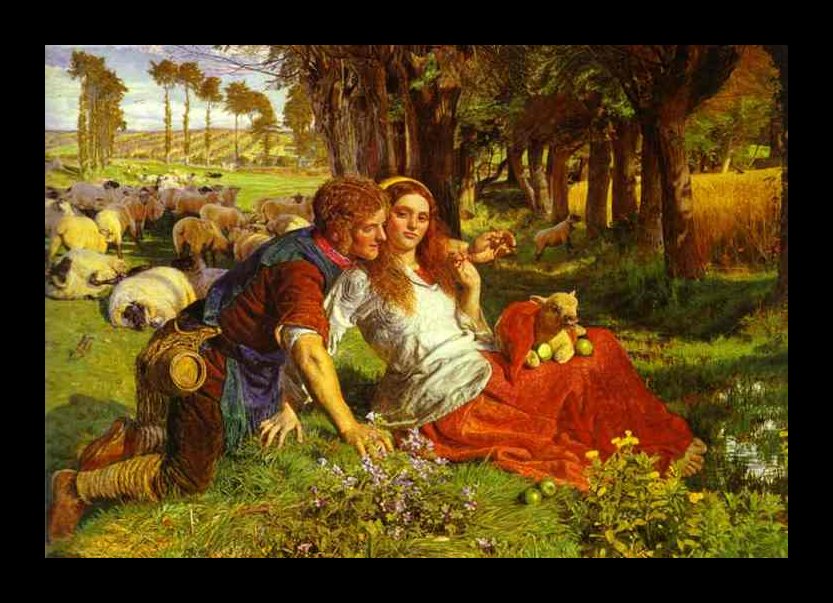
William Holman Hunt was a British golden age painter and was one of the founding members of the pre-Raphaelite movement. Hunt helped to form this translucent and mystical style which was influenced by Renaissance art and initially rejected by the Royal Academy. Along with fellow painter John Everett Millais, Hunt began a style which would become very popular and successful, both artistically and commercially and embodied the ideals set by the painter Raphael.
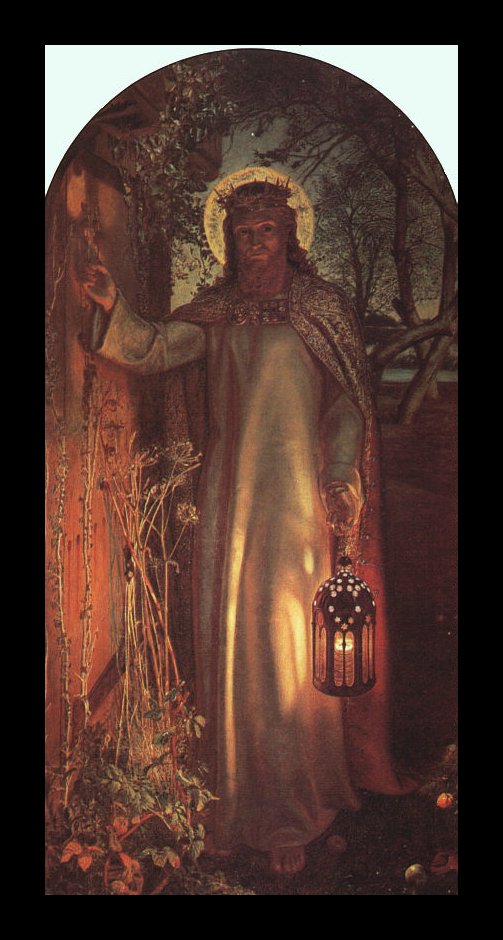
Though his first name was William, he eventually took to using his middle name “Holman” and signed his paintings that way. The young Hunt found little success at the outset of his career, and was deemed as a clumsy painter, and his compositions were thought to be ugly. He eventually found fame with his religious paintings, as well as for his naturalistic scenes of urban and country life.

Religion would become a major influence in Hunt’s art, and he even made a pilgrimage to the Holy Land in order to research one of his works. While there he painted many landscapes of the region as well as a number of religious compositions.
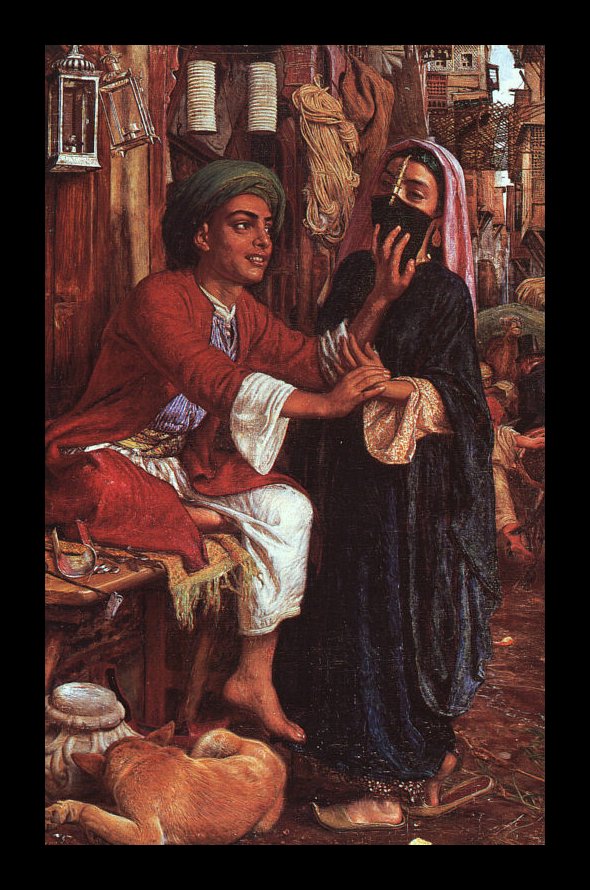
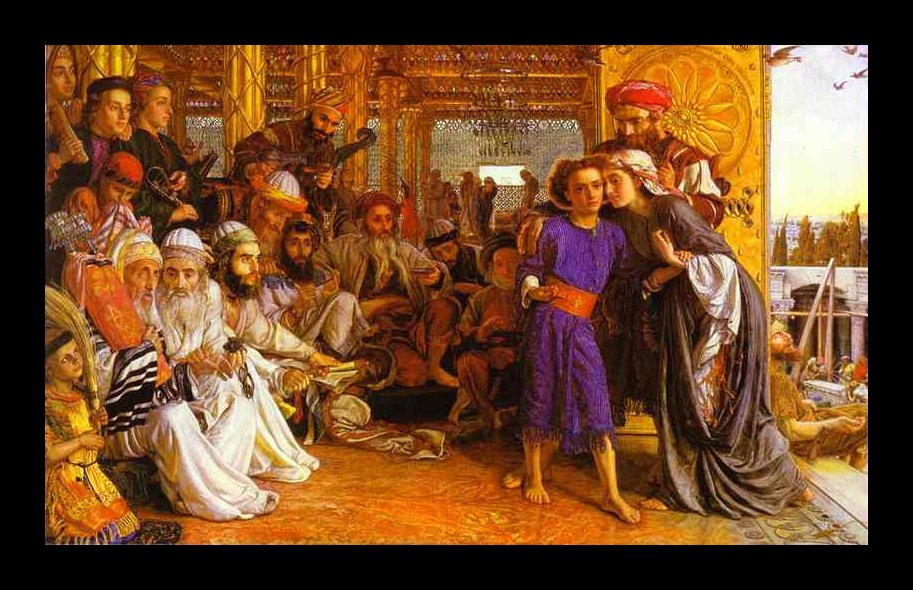

Hunt also created portraits as well as illustration for books and poems, all with the same intricate attention to detail that the pre-Raphaelites would become known for. These paintings were rife with symbolism and bold color, and were comprised of mythological and religious figures, as well as regional figures and objects. Hunt thought that it was the duty of the artist to show the correspondence between fact and sign and out of all of the pre-Raphaelites was said to have been the most true to their ideals.
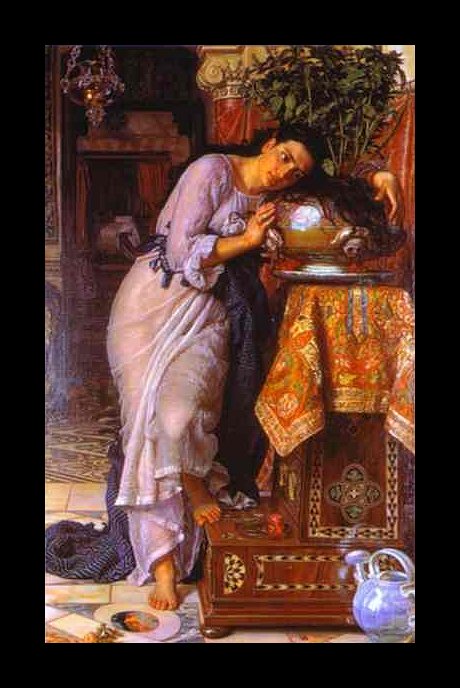
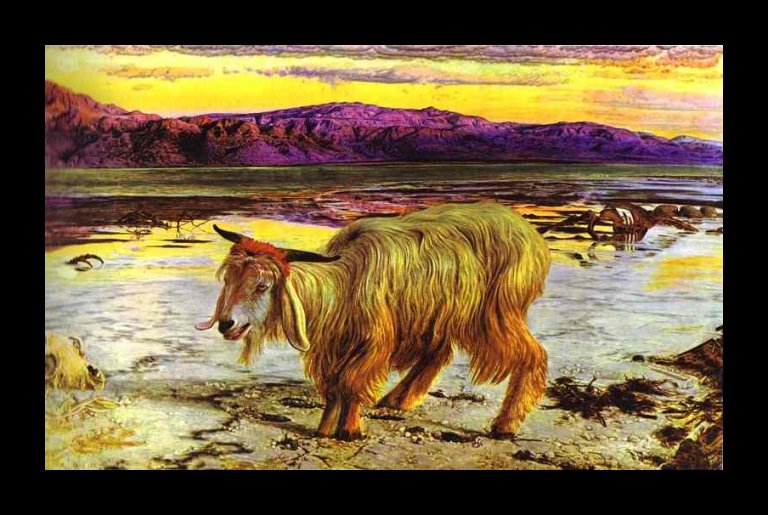
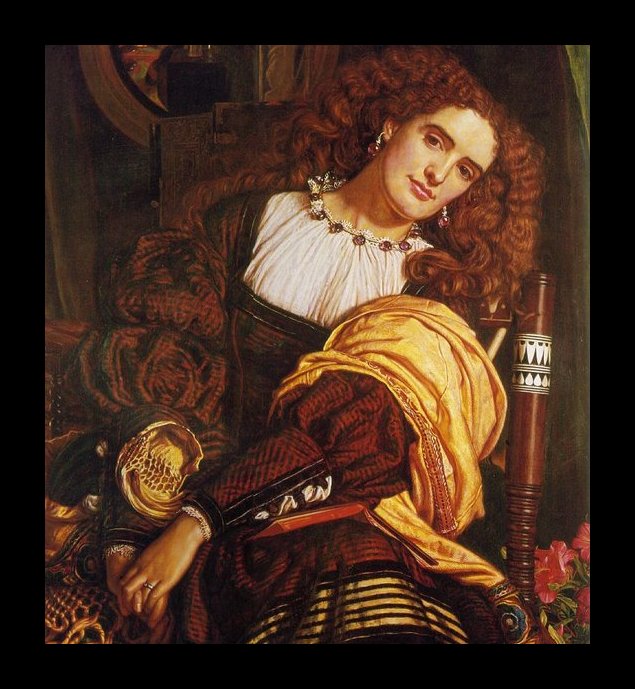
Towards the end of his career, Hunt’s eyesight began to fail him. As a result, he accepted the help of fellow painter Edward Robert Hughes in completing a number of his paintings, including his famous “The Lady of Shalott.”
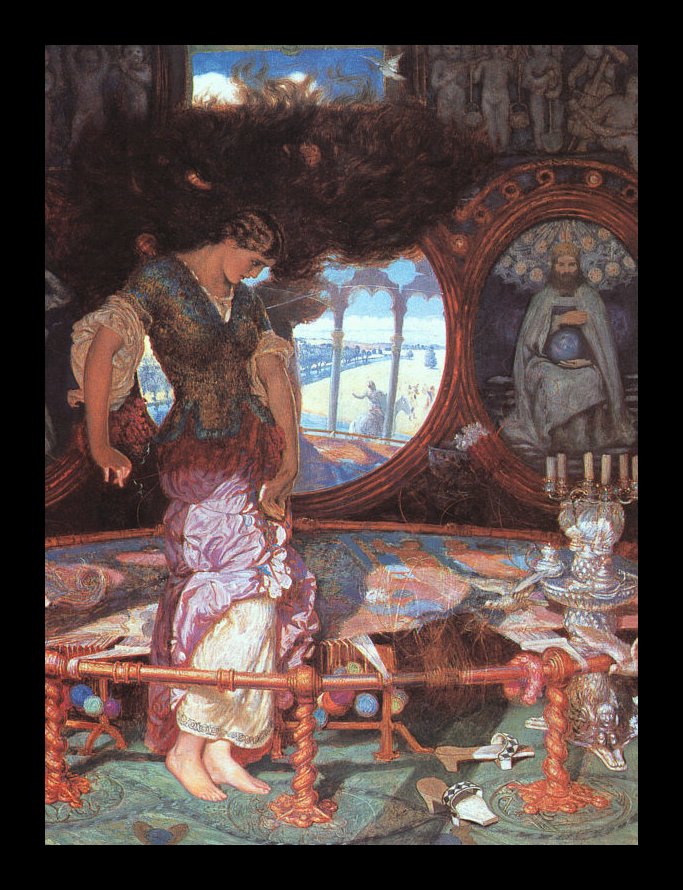
Today, Hunt’s paintings are housed all over the world and are highly sought after at auction for their mystical radiance and religious elements. Still wondering about a British painting in your family collection? Contact us…it could be by William Holman Hunt.
Reviews
1,217 global ratings
5 Star
4 Star
3 Star
2 Star
1 Star
Your evaluation is very important to us. Thank you.
